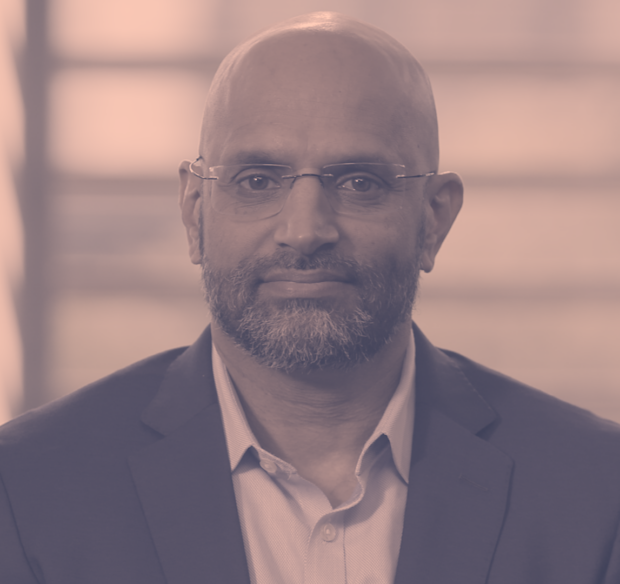When Glioma Progresses: Leaning on Tumor Boards
- If a patient is on vorasidenib and there are signs that their glioma is still progressing, consulting a tumor board is an important next step to bring experts from various specialties together to weigh the best care options.
- In some instances, doing additional surgery or biopsy may be necessary to get more information about the cancer.
- “We know that there are some aggressive molecular changes that can happen in these tumors — and being aware of them can really influence what we do,” Dr. Alexandra Miller, a neuro-oncologist at NYU Langone, tells SurvivorNet Connect.
- Clinical trials may also be the best option in this setting.
When a patient progresses while or after undergoing treatment for glioma, there are a few different approaches to take — and collaboration among experts with different specialties is key.
If a patient is on vorasidenib and there are signs that their glioma is still progressing, Dr. Erin Dunbar, a neuro-oncologist at Piedmont Healthcare in Atlanta, tells SurvivorNet Connect a tumor board is an important next step to bring experts together to weigh the options.
“I would absolutely lean on our tumor boards, I’d lean on our surgical colleagues to see if they could get more tissue and help inform us that way. I always think about a clinical trial as being an option in that portfolio of tools,” Dr. Dunbar explains.
In certain instances, doing additional surgery or another biopsy may be necessary.
“A biopsy or a re-resection can be really important to guide therapy,” Dr. Alexandra Miller, a neuro-oncologist at NYU Langone Health, explains. “I think we know that there are some aggressive molecular changes that can happen in these tumors — and being aware of them can really influence what we do.”
Vorasidenib is a new tool that many who treat glioma patients are excited about, but research is still underway to determine what else can be done to enhance it and what might deter it.
Having up-to-date tumor information is key, Dr. Dunbar stresses. If a patient’s original glioma diagnosis came several years ago, they may not have a modern panel of testing. “So, we might even find a new drug-able target or some additional option in that specimen. [It’s] just really important to make sure we have the right tissue information.”





